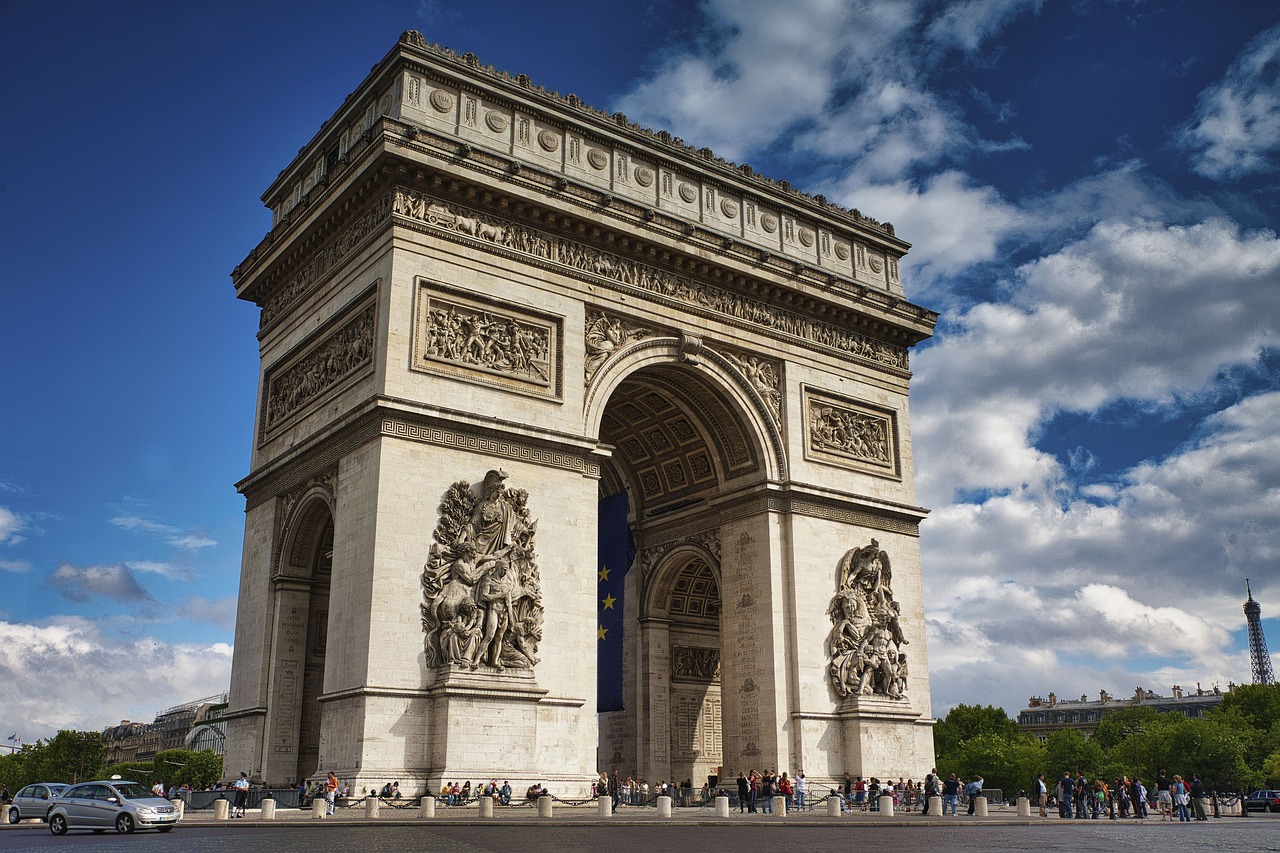Topic
French architecture
France Architecture in history
The Diverse Legacy of French Architecture
French architecture is a captivating journey through time, showcasing the country’s rich cultural and historical tapestry. From the mysterious megaliths of prehistoric times to the avant-garde structures of the modern era, French architecture has continuously evolved, reflecting the nation’s artistic ingenuity and innovative spirit.
This exploration delves into the various periods, regional distinctions, iconic styles, and notable architects that have shaped the architectural landscape of France, illustrating how these elements collectively contribute to the global architectural heritage.
The Diverse Legacy of French Architecture
French architecture offers a vivid reflection of the country’s historical and cultural evolution, encompassing diverse styles and significant landmarks. From ancient megalithic structures to contemporary marvels, French architecture is a testament to innovation, artistry, and cultural dialogue.
Historical Evolution
Prehistoric and Ancient France:
The earliest architectural expressions in France include the enigmatic megalithic structures such as the Carnac stones. The Roman era brought monumental structures like the Pont du Gard and the Maison Carrée, showcasing advanced engineering and classical aesthetics.
Medieval Period:
Romanesque architecture, with its solid and massive forms, is exemplified by the Abbey of Saint-Étienne and the Church of Saint-Sernin. This period was followed by the Gothic style, characterized by pointed arches, ribbed vaults, and flying buttresses, seen in masterpieces like Notre-Dame de Paris and Chartres Cathedral.
Renaissance and Baroque Periods:
The Renaissance introduced symmetry and classical orders, best illustrated by the Château de Chambord and Château de Chenonceau. The Baroque period, known for its grandeur and decorative elements, is epitomized by the Palace of Versailles and Les Invalides.
Classical Period:
Neoclassicism emerged, emphasizing simplicity and grandeur, with iconic structures like the Panthéon and La Madeleine embodying this style.
19th Century:
Baron Haussmann’s renovation of Paris transformed the cityscape, while the Beaux-Arts style brought opulence to structures like the Opéra Garnier and Grand Palais.
20th Century:
Art Nouveau, with its organic forms, is captured in Hector Guimard’s Metro entrances. Modernism, championed by Le Corbusier, introduced functionalism and minimalism, notably in Villa Savoye. Contemporary architecture embraces innovative materials and forms, exemplified by the Centre Pompidou and Fondation Louis Vuitton.
Regional Variations
French architecture also displays distinct regional characteristics. Northern France features Gothic and Flemish influences, visible in the Amiens Cathedral and Lille’s Old Town. Southern France, with its Roman and Mediterranean influences, boasts landmarks like the Roman Theatre of Orange and Pont du Gard. Western France’s maritime and Renaissance influences are seen in the Château des Ducs de Bretagne and Nantes Cathedral. Eastern France, influenced by Germanic and Romanesque styles, is represented by the Strasbourg Cathedral and Château du Haut-Koenigsbourg.
Iconic Architectural Styles
Gothic Architecture:
Characterized by its verticality and light-filled interiors, Gothic architecture includes landmarks such as Notre-Dame de Paris and Sainte-Chapelle.
Renaissance Architecture:
Known for its symmetry and classical orders, the Renaissance style is exemplified by the Château de Chambord and Château de Fontainebleau.
Baroque Architecture:
Marked by dramatic use of light and shadow, Baroque architecture is embodied in the Palace of Versailles and Les Invalides.
Neoclassical Architecture:
This style emphasizes grandeur and simplicity, as seen in the Panthéon and La Madeleine.
Modern and Contemporary Architecture:
Modernism, with its focus on functionality, is showcased in Villa Savoye. Contemporary architecture, known for innovative designs, includes the Centre Pompidou and Fondation Louis Vuitton.
Notable French Architects
Eugène Viollet-le-Duc:
A key figure in Gothic revival and restoration projects.
Le Corbusier:
A pioneer of modern architecture, famous for Villa Savoye and Unité d’Habitation.
Jean Nouvel:
Renowned for innovative contemporary designs, including the Institut du Monde Arabe and Fondation Cartier.
Dominique Perrault:
Known for large-scale projects like the Bibliothèque Nationale de France.
Global Impact
French architectural principles and styles have significantly influenced global architecture. French architects have worked internationally, and architectural movements worldwide have drawn inspiration from French innovations, underscoring France’s lasting legacy in the field of architecture.
Enduring Artistry and Cultural Vibrancy
French architecture, with its rich historical layers and regional diversity, continues to captivate and inspire. From ancient times to modern day, it stands as a testament to the country’s enduring artistry and cultural vibrancy, shaping not only France’s landscape but also influencing global architectural trends.
